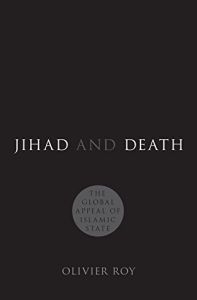
Read or listen offline
Recommendation
Seemingly random attacks on public transportation or in public spaces, at concerts, movies, markets and workplaces – this is the earmark of modern terrorism. Since 1995, the world has witnessed a rise in terror attacks committed on Western soil by people with European or American citizenship. You’ve heard the usual speculation in the media, including narratives meant to either support or reduce immigration, implicate or vindicate Islam, or elevate one candidate’s policies over another’s. But, as French political scientist Olivier Roy argues in his analysis of “homegrown” radicalism, the perpetrators of violent acts often aren’t who you’d expect: lifelong religious fundamentalists, or Muslims who have suffered persecution, financial hardship or cultural alienation. So, what is modern Jihadism’s relation to Islam exactly, and why are Westernized youths embracing terrorism? According to Roy, the answer lies within Western culture itself, and in the ways modern terrorist groups like the Islamic State frame their activities in the content they distribute online. getAbstract recommends Roy’s analysis to readers who wish to know more about “homegrown” terrorism in the West.
Take-Aways
About the Author
Olivier Roy is a French political scientist who writes about secularism and the global and political aspects of Islam. He teaches at the European University Institute in Italy.















Comment on this summary or Start Discussion